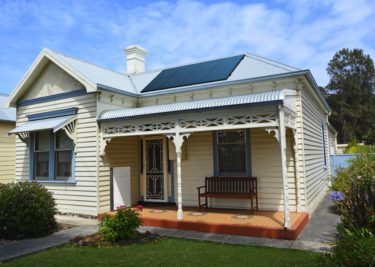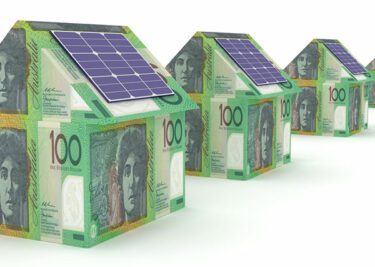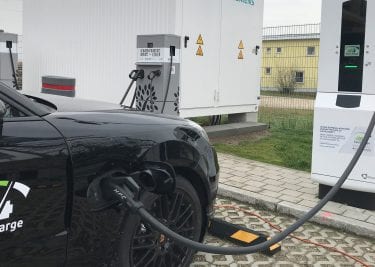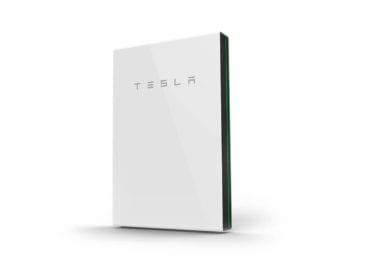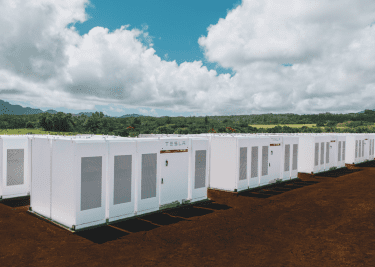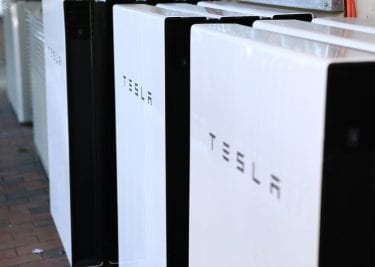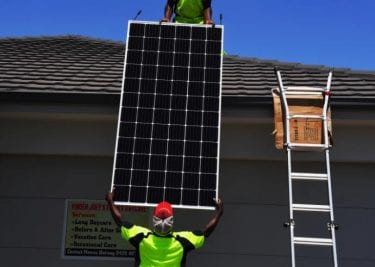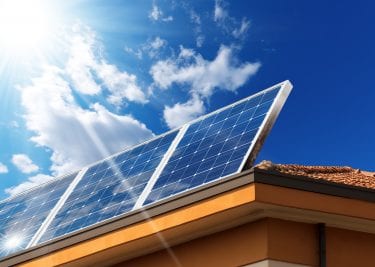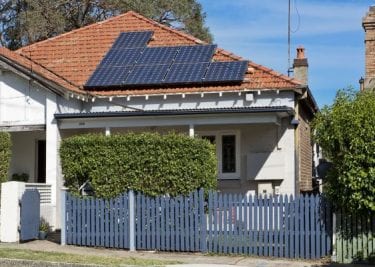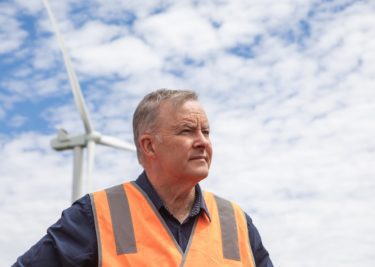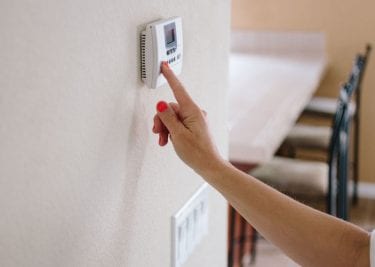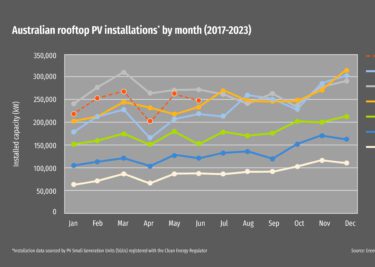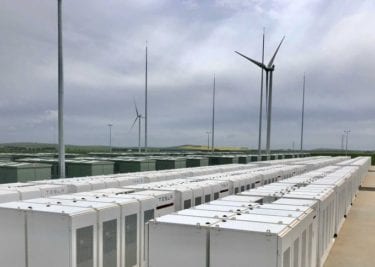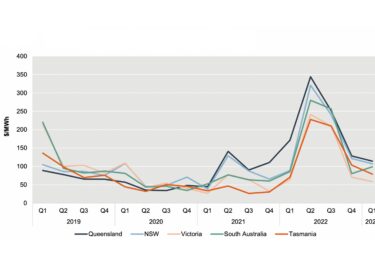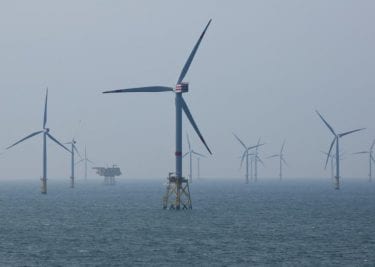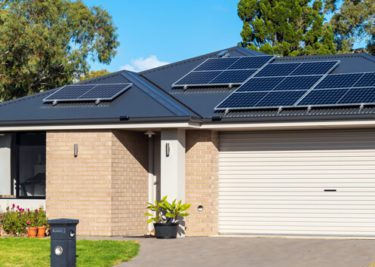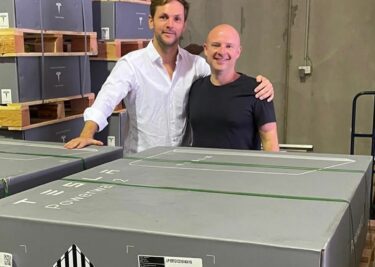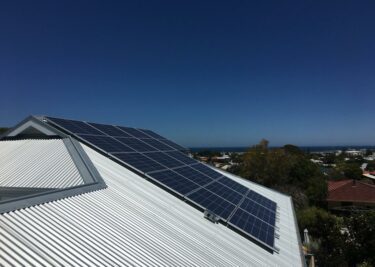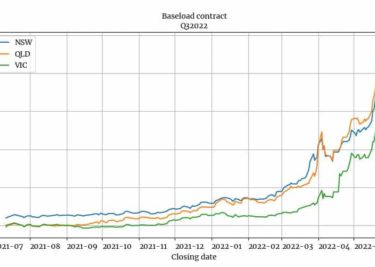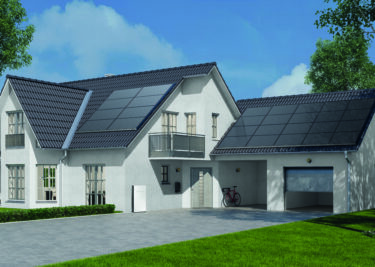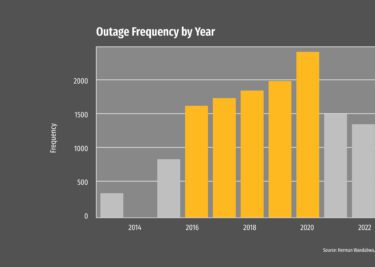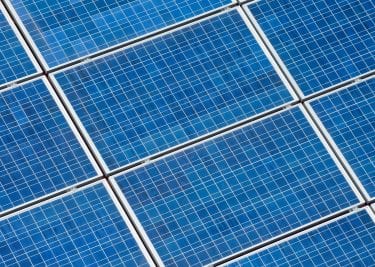Amidst forecasts of a pandemic stringed recession, residential battery systems in Australia defied all odds as it registered a 20% increase in 2020.
In SMH recent article, the increase in household battery systems is a positive indication that consumers are shifting away from fossil fuels in favour of renewable energy.
Across the country, installers have reported 31,000 new batteries, taking the nation’s overall number of small-scale batteries that store power from solar panels and utility-scale “big” batteries to 110,000.
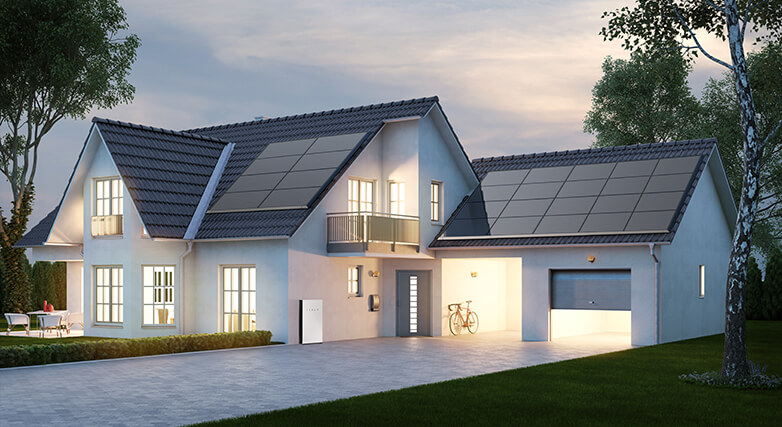
The market analysis was provided by Warwick Johnston of consultancy SunWiz. He said, “It was a surprisingly good year for battery installations in Australia.”
“Home battery systems proved particularly popular in South Australia where there is such high demand from homeowners that the state government had to reduce its subsidy in order to avoid overheating the market.”
The 2020 battery boom was led by South Australians getting 26 per cent, followed by Victorians at 25 per cent and New South Wales closely trailing at 24.7 per cent.
“In Victoria, the popularity of solar batteries for homes was so high the state government subsidy allocations were exhausted within minutes of each release – a situation only remedied when the government directed some COVID stimulus funding towards the sector,” Mr Johnston exclaimed.
SunWiz has projected an additional 33,000 home battery installations and an increase in grid-scale battery storage in 2021.
More on Victorian battery rebates for homes | More on Victorian battery rebates for businesses
Australia has one of the highest rooftop solar penetration rates in the world. Based on statistica.com’s Solar PV penetration 2018, by country, Australia ranked fourth. According to the data, Italy ranked first, with 9.2 per cent of final electricity consumption being covered by PV power. Germany followed with a penetration rate of 8.4 per cent.

https://www.statista.com/statistics/945565/solar-pv-penetration-by-selected-country/
This statistic shows the levels of photovoltaic energy penetration in electricity consumption worldwide as of 2018, by the selected country.
Nationwide domestic-scale solar grew 30 per cent last year, improving by 3.5 gigawatts, with the aggregate total of rooftop solar panels now exceeding 2.5 million.
Initially, at the start, COVID-19 crisis solar panel and battery sales went down yet the nation’s top power providers and installers were in no doubt convinced that the drop would be transitory as customers spent more and more time at home and are eager to find ways to get ahead of rising residential energy bills.
The Chief Executive of the Clean Energy Council, representing 1000 renewable energy and battery companies, John Grimes reckons, “It makes complete sense. People are working from home so they are very conscious of power bills, but they have also got more time to actually research the technology.”
Grime’s further added, that as the pandemic triggered unparalleled disruption to Australians daily life, rooftop solar power and battery storage somehow gave consumers a “sense of control”. “That’s played into these numbers as well.”
Worldwide, more and more households are turning away from damaging fossil fuels, battery technology is evolving to be a key player in championing the renewable cause not to mention defeating the problem of intermittence when it is not sunny or windy or the weather is just as favourable. Batteries simply store up surplus power produced at any given time to use when it is most needed.
AGL, one of Australia’s leading power supplier, believed batteries would play a crucial role in easing pressure on the grid as renewable energy continues to rise.
Travis Hughes AGL’sHead of decentralised energy resources said its Virtual Power Plant – which combines hundreds or thousands of homes with solar and batteries to manage demand and energy flows – had been extended into NSW, Queensland and Victoria.
He said, “Over the coming decade, we believe Virtual Power Plant technology will become an important part of the energy system along with grid-scale batteries that will provide the firming capacity needed for Australia to transition to a cleaner energy future.”

